March 2011... Almost every day the shepherd comes with his sheep. They also graze in the valley next to our house.
There is plenty of grass and there are all kinds of delicious herbs. And when you put a shovel in the ground, you come across pretty wet clay-like soil, which suggests fertility.
April 2011 ... We already lived here for a year, mainly been busy arranging all the things that need to be arranged in ones first year in a new country. Only now we took the time to look around.
We acted like tourists, as we were used to from previous years. A trip to the beach, a walk in the area. It was a beautiful spring and a lovely summer.
The owner of the house told us that the previous occupants had grown potatoes and vegetables in the valley, north to the house. She showed us some spots with lush grass. She also found some remnants of fruit trees, dead unfortunately. There appeared to be a water point with a tap connected to the pumping system of the house. And there was a tangle of pipes, which were once meant to spread water throughout the valley. Most of it appeared to be broken. Apparently not useful. If we wanted to cause whatever thing in this valley, this we had to clean up first.
The owner wanted the two pine trees to be removed. "They were not authentic and do not belong in the Alentejo", she said.
And then there was this wilderness ...
So now we know: If you see this then, it means there is little soil on the slope to be found. It also means that it makes little sense to start a vegetable garden on such a spot. But that was áfter we pulled out these bushes. So, one learns while doing.
Here one sees the Flor da Esteva more like a plague. It over grows all rocky slopes and brings no apparent benefit. However, it is shallow rooting and thus makes the top layer of the soil loose. It dies after about five years. If you pull it out, then it does not easily grow back and leaves behind an editable upper layer. But it has already taken quite a spread.
Meanwhile, it had been raining a few times. And that is exactly what everyone was waiting for. Because only then is it feasible to go chop the ground. In summer, the soil is too dry, too hard and unmanageable. It is mostly impossible to get through it with a chop. And with an ordinary shovel certainly not. In order to work the ground it should be moist. If it is loose once, it remains so, even in the summer. It always remains the way you leave it behind. At least for a year.
People told us: "The top layer dries out, but underneath it remains fairly moist. At least when it rains from time to time. If not, then you need to water."
With this they meant a lot of water. But at first we did not know. And we did not know how the land would behave, if it is not fully covered with weeds and grasses. Later we found out, that the moist was kept under the plants, for the plants made a better environment with there own shade.
And we where not lucky. We where heading towards a hot and dry summer.
Sometimes it is good that you can not look into the future. And you must not always know everything. Then often you would not do anything at all. One should have the opportunity to make mistakes and to learn from it. Here we learned some about the soil and what this soil does and needs in these circumstances. But for now I was still working...
This brown ocher colored ground inspired me. This was to be a beautiful garden. This project would not leave me. At night I dreamed about how to shape this garden. Maybe because I share a peculiarity with a few others. I always need to make something. So I made the most diverse things (things that have nothing to do with this). As long as they were within my reach and where useful, then I did.
Later I learned to build with large stones, by adapting them together and to stack them along a steep incline. It had a nice effect, and it served as a support for the path that ran above. So I could widen the path through filling the gaps behind the wall with many small stones and ground.
I also found unequal parts of soil. Under the trees a lot of mulch and stones. Under the grass much moisture and slippery clay. But overall it seemed to go very well. And along the way I became more enthusiastic. The soil was soft and made a fertile impression. A sabulous clay, a light loamy clay soil. Loamy sand or loamy clay? Who would tell? This was bound to be an adventure.
Much later we learned that this ground is the result of the sharps of the slate below. And during heavy rains, a lot of ground comes along the slope from above.
Here is an example of a seed bed with some mulch and lots of small stones. Later I added some compost. But at that time we did not have so much compost. So I could not do every bed like this.
The bed the furthest down stayed soaking wet for at least six weeks. I planted broad beans in it and hoped for the best. They took there time to germinate. Perhaps because of the cold, for there was no lack of moisture. And it took long to have some beans on the small plants. But they where good.
There was this small fig tree I found earlier, on a spot where a lot of water ended up, after a rain shower. So this was probably a good move by the previous occupants. Therefore, it might have survived.
December 2011... The valley is located on the north side of the house and consists of two slopes. An eastern one on the right side and a western on the left. With in the middle a gully, where all the water goes to the pond below. The eastern slope is divided in two small hills. One near the house and one more north.
The layer of soil was mostly fairly thick. But not everywhere. Nearest to the house it has more ground. The furthest hill was disappointing. Here the layer of soil appeared to be thin or absent. We discovered this when the bushes where pulled out; the most of the Flor de Esteva and all of the spiny bushes (those with the yellow flowers). So, there you have it again. Those thorny bushes are there where there are mostly rocks.
The trees (holm and cork oak) had suffered from the undergrowth and some where dying. What I left where the aromatic plants, mostly the one that strongly reminds me of the lavender, but here people call it 'Rasmonus' (and now I don't know if I write it well) ,,, it smells like Rosemary. After some research it turns out to be a Lavender species. It is the Lavandula stoechas. This one can be pruned, after which it represents fresh new twigs and even more flowers, in spring.
And Hendrik got keen on the ground and really wanted to sift it out, to be rid of most of the stones 'once and for all'.
This is the eastern slope, which is located farthest from the house. With its thin layer, apparently barren ground ... where unexpected, grew fine Bok choy later... in May.
But with a little mulch, some compost and some shade during the first part of the day, the lettuce is doing a lot better, in June. The small melon plant in the front did not survive the hot sun, that was shining right above the bed later.
And... do you see the pole beans on this photo? Those ones in the back, in the sun?
A terrace lower you see some bush beans. These underwent the same fate. So, no beans this year.
This is what people here call the Cicero pea, named after the family Cicero (cicer means pea), also confused with the chickpea, which is a whole different pea. It grows everywhere. It is sometimes called to be the pea of the poor. It is a white pea, a bit flat, with a tough pod. It does not taste like much.
We found this pea at the local forage trade. It is sold here still, but is not very popular. I was curious, because I did not know it. And planted it on the poor part of the garden, on the eastern slope, the furthest from the house. It had white flowers and some pea pods. As mange-touts they were too tough. One eats them dry, as dry beans that you have to soak.
Then we had some broccoli. It looked something like this. Here people eat everything of this plant. Not only the flower, but also the leaves and the pith of the stem. People are not as picky. And the taste is good.
Here some eggplants and tomatoes behind cloth and some pots with lettuce benefiting from the same shade.
Here we could apply our (still very little) compost and control the processes of growth better. Take the soil and the compost out, if needed, to make an other mix. To start things up we sowed beets and carrots. Than I made the other beds ready with natural stones. We needed to protect some beds with gauze, because our cat liked these 'soft' beds also, to use as her private toilet, her soilet.
At first Hendrik planned to make more beds here, but at first he wanted to see if this worked out the way we would like. But we where not so very happy with the results. The compost was doing its job, but it took time to get a good result.
Later we learned that this is because the soil and the compost had not become 'accustomed to each other' yet. With this two cultivations where involved, definitely.
In addition, this slope is located in the extension of the river. The cold winds will be strengthened from the north. Here it is noticeable colder in winter and in perceptible drier in summer.
June 2012...
October 2012...
This summer I experienced what ants can do to you, when you are in the way. Around this bed with the nice stone walls, I made beds with natural stone. Under these stones ant colonies nestled in large numbers. They walked along a 20 cm wide highway over the walled bed, heading to the food they like and also to an other nesting place. They liked the carrots the most. Rather the lice on the carrots actually. And they did not like me.
In the summer you walk in sandals without socks. I wore my boots to be able to water the bed. And even then they fought to get into my boots. And they stab you, for sure. Maybe I was more sorry for myself then for the carrots. So now I decided to get rid of the stones and bring them to a saver place, where they are useful. And the ants picked up there eggs and went.
Some potatoes in the walled plant bed and suddenly... lots of rain. Nice, soft and long...
March 2013... Rain.
April 2013... Rain.
The eastern slope, the nearest to the house.
The eastern slope, the furthest from the house:
The gully in the middle of the valley. The result of rain. The walled bed can hardly been seen, rounded with natural vegetation.
The western slope, near the house.
Nature has a strong will of its own.
I could do a lot with a chop in a few months. But what rain can do in a few weeks I cannot. If it had not been raining like this, this garden would have stayed bare. I know this because it did last spring. The photos are my proof. And when it would have been bare this spring also, I still would have thought I was 'the conqueror' of this garden. I would have continued this project.
All the seeds of these plants, these flowers, grasses and herbs, where in the ground all the time waiting. Waiting for rain.
Maybe these seeds where my savior. I am sure nature knows what is best. For now, as the ground is covered with plants, there will be moist underneath, to protect what is growing on it. So I decided to follow this smart plan and sowed some leeks among the grasses, that I planted in pots later. And some garlic, cabbage and broccoli. They stayed small, but where good. And in summer I sowed a local, light green colored vegetable among the grasses, called Acelga. It is a kind of beet leaf and tastes great. When I cut them for a meal, it starts growing again, summer and winter. And so it went for many months now.The rest of this valley I left for what is had become, gave it back to nature. Hendriks walled seedbed we kept. It had done best. It brought us potatoes, bush beans, carrots and beets. And in winter, we can use it for the easy going broad beans. We did not change the soil so much. Gave it some compost... Always good.
February 2014... A second winter and spring with lots of rain. Very unusual and never heard of.
June 2016:
What have I actually done?
I picked out a piece of land and started digging and leveling... nothing new... the most natural thing to do. And yet I have been forgetting something. Something fundamental and crucial. I have not thought about fertilizing the garden. And in fact this actually was not the thing I forgot... In fact, one should not start a garden, before having acces to a supply of active compost. And about this I did not think, as a Dutch-urban-spoiled-resident.
Previously, when we had our goat farm and made a garden, we had our flock of goats providing sufficient manure. We had heard that you need old manure to fertilize the soil, so here we started our first composting. It was more a logic act, than born out of great knowledge. But after all it was just the right thing to do. So we had a great garden. I picked out a piece of land and started digging and leveling... Just that.
Even then, when we went to live in the city, we had our compost company, from where we could obtained our compost. Well, what kind of garden it was actually? In the garden at our house only flowers grew, and on the terrain of the company, there always was the greenhouse, which we used for cultivation and to trial our compost. Everything came so naturally... we did not give it a thought.
Only now, here in the Alentejo, we found ourselves confronted with the soil. With the question... what is soil?
My first conclusion was that this soil was no good. I could barely find a worm, and the ants were playing tig. But in fact my vision was narrowed. Now over the years, as I have discovered what soil is, I can only come to one conclusion. Most soil is good. I dare not say that all the soil is good, so I say 'most'. Dr Elaine Ingham has no doubts, she sais that all soils are good...
Sometimes we talk to people who are engaged in this soil and have studied it. And so, I was assured that soil, in essence, is mineral. This Alentejo soil is made of weathered slate. We can easily activate this soil, make it fruitful, with our grass compost. The activated soil life ensures that the minerals are released from the soil, so they can be absorbed by the plants. (This is a very beautiful natural process, which I never really can explain correctly in a few sentences.) Everything works with everything together; plants, soil, air, water, organic matter and the microbes or soil live.
So initially, this is what we had to do: We should have mixed the soil with compost. Now, as we have been sifting the soil (to take out the many stones) and have been mixing it with our compost (approximately in the ratio of 80% soil and 20% compost), now our crops are very good. We have seen it happen: This so called 'no good' soil has proven to be fertile.
Now in retrospect it was an easy conclusion. And initially we were already on the right track by making grass compost. Only well... the two things 'garden and compost', we linked in the wrong order. Now it is clear: First, the compost, and the garden as a second. And not the other way around :)
Stella.








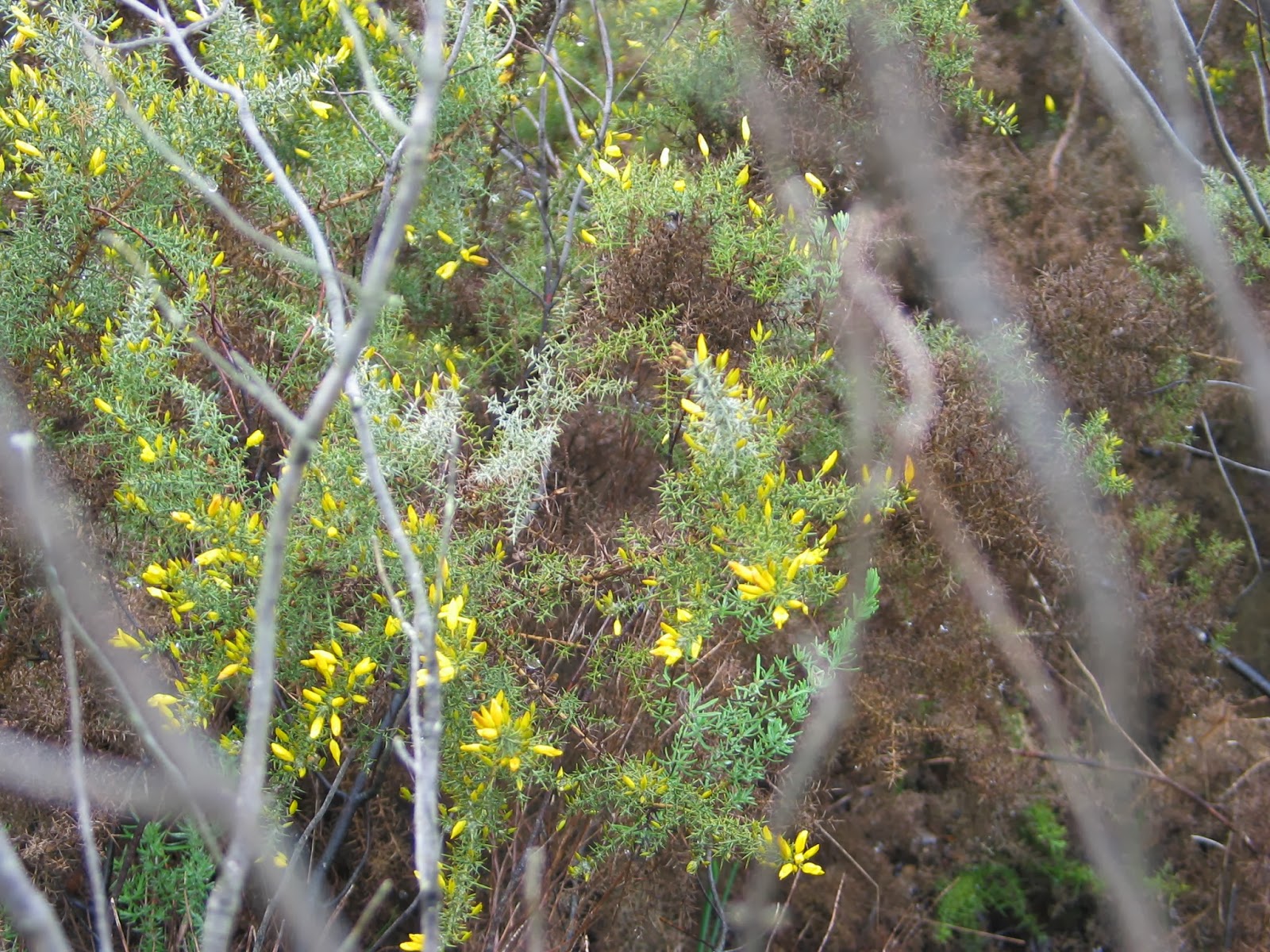

















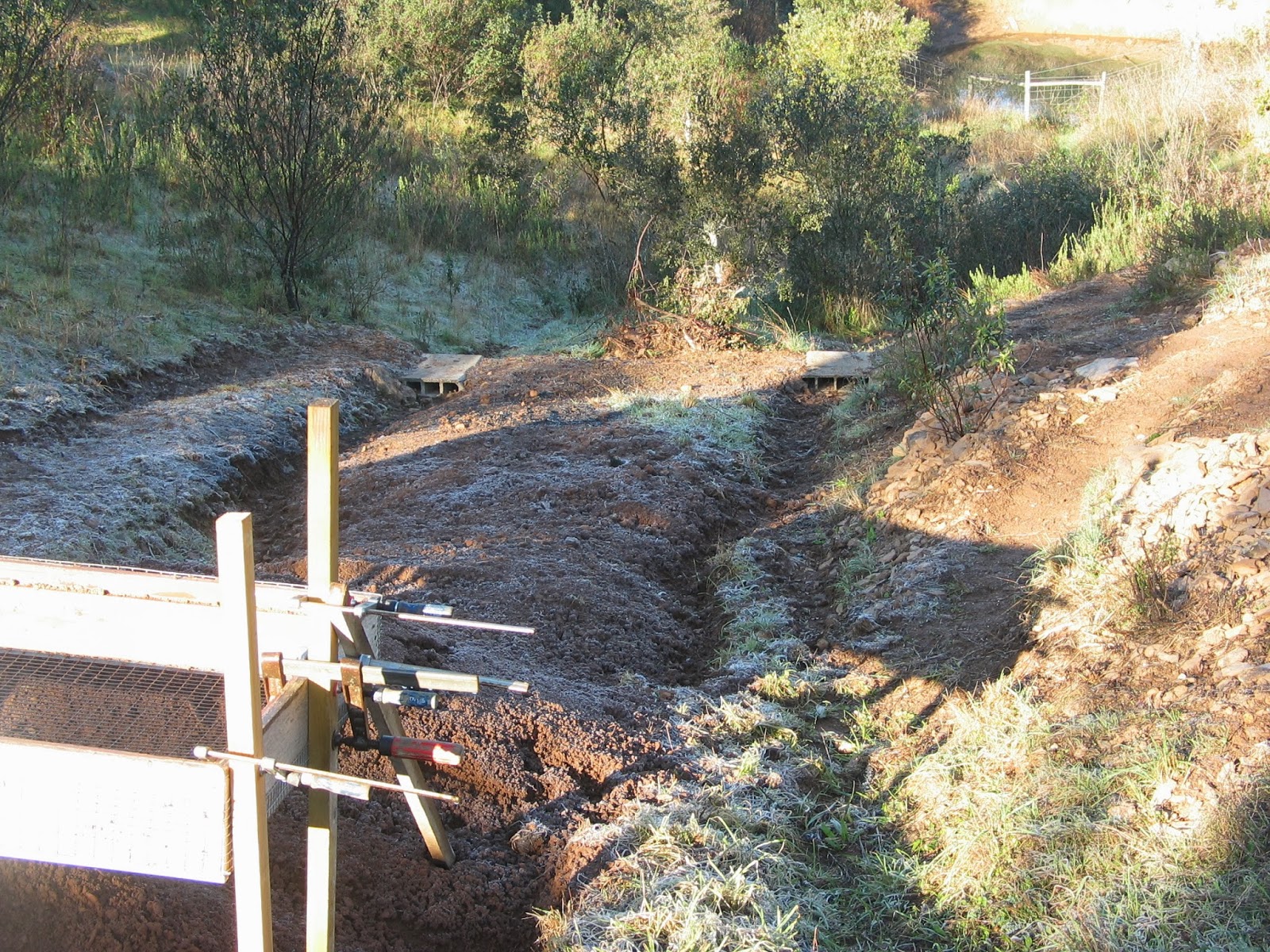







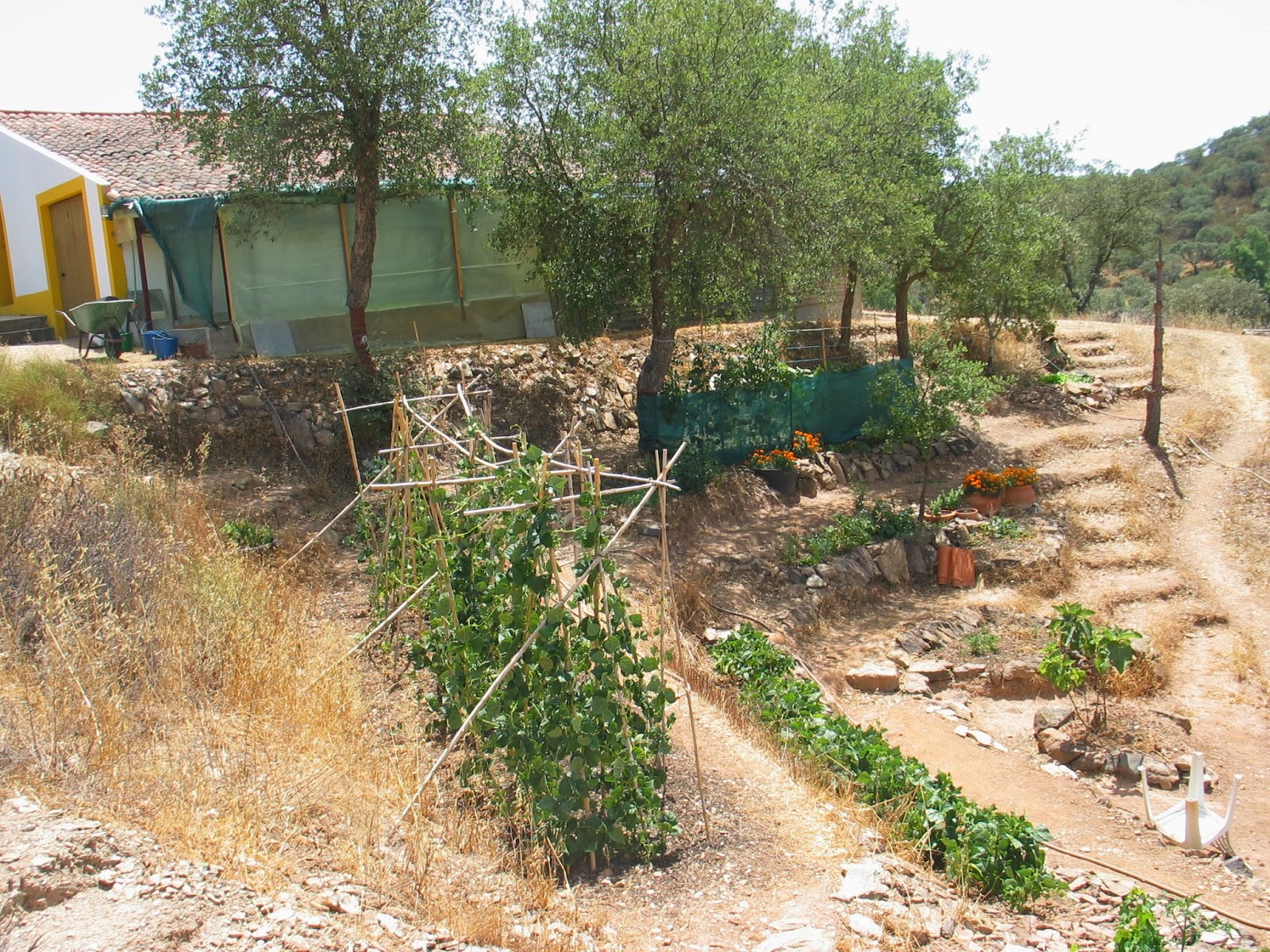









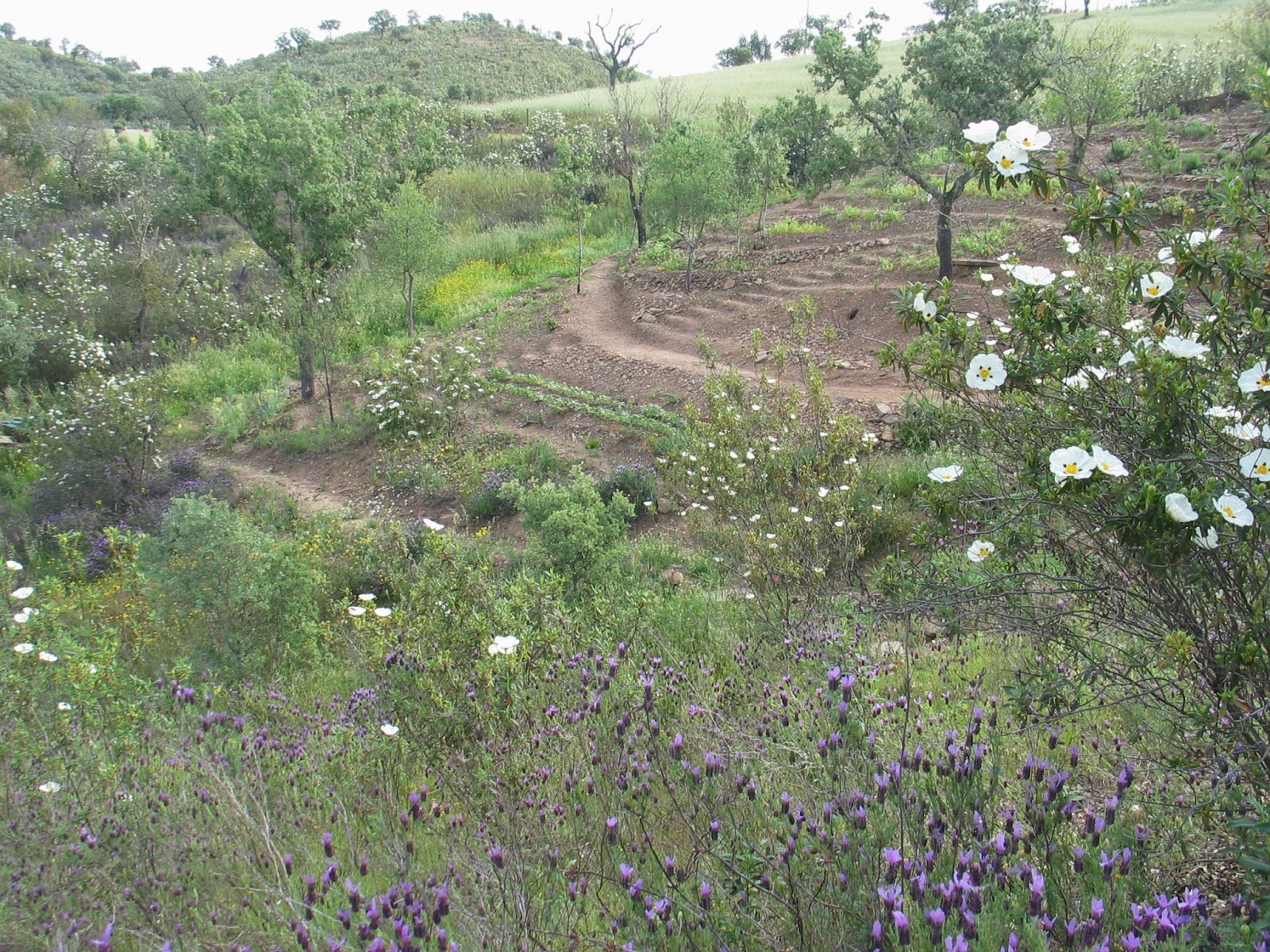





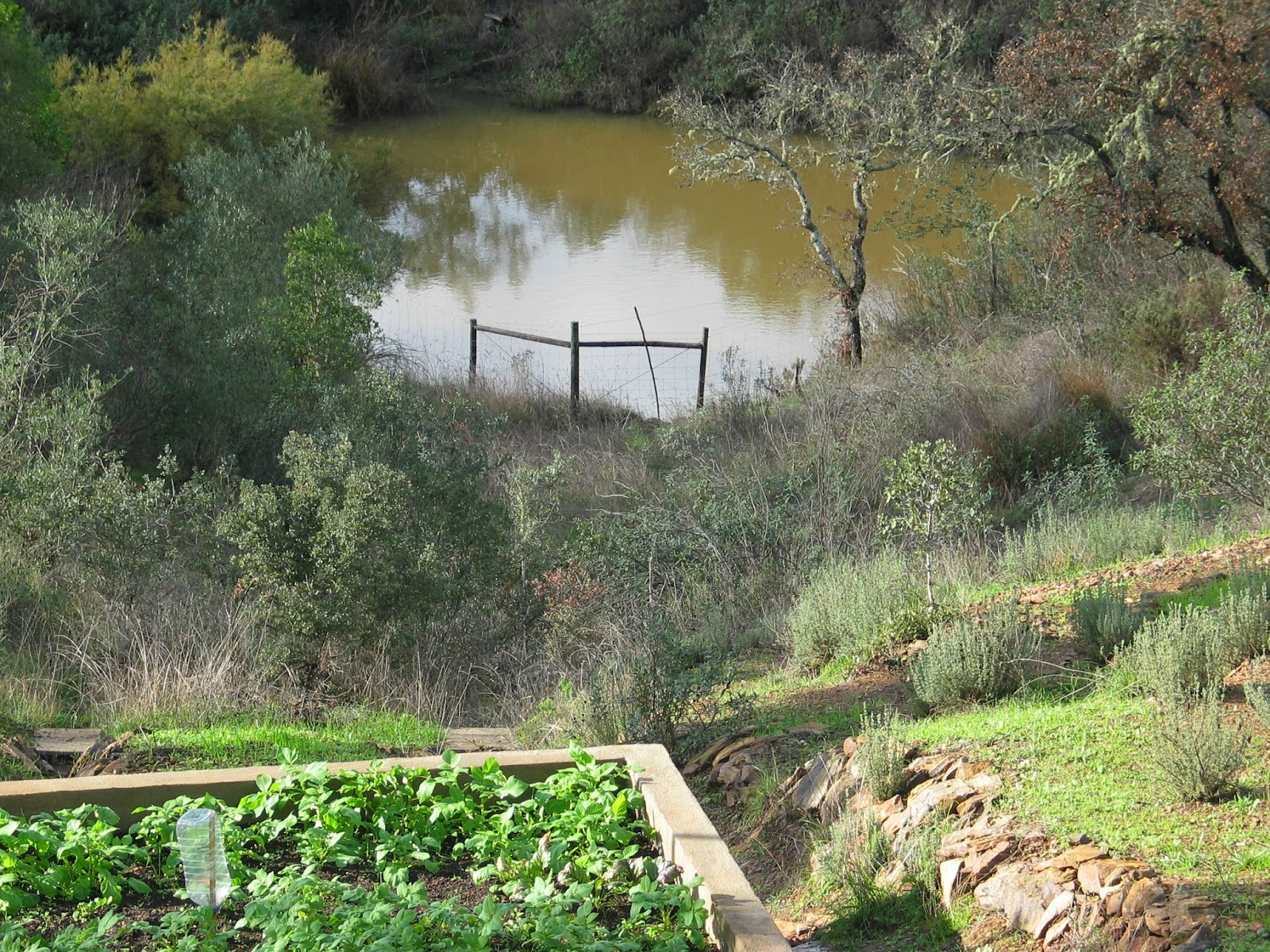



















Geen opmerkingen:
Een reactie posten